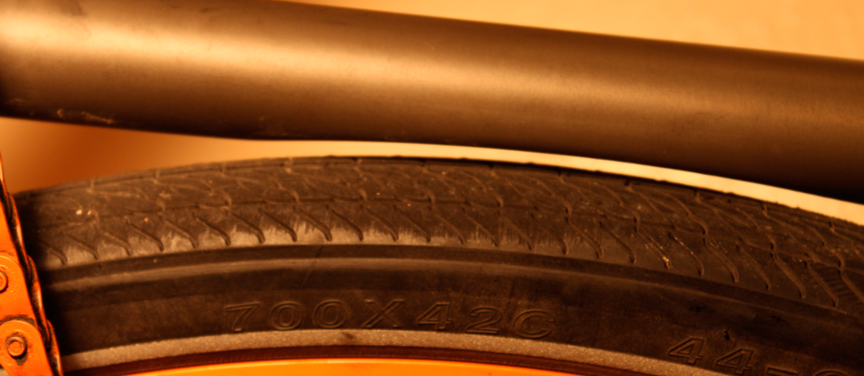This article really helped me understand the evolution of media contained in an interface. What was once viewed just as a tool to complete a task to the entertainment in our leisure time. I thought the idea of the content and interface for new media merging together was something I want to do with my project. Where the layout and graphics and tightly woven together with the content. Wether your making a static or interactive based website all the content preexists, But the idea of new media artworks having data created at the point of interaction brings another level to the interface. I think this idea brings a lot to our culture and how we interact with everything. When we talk to people or send people messages we cant predict beforehand the evolution and the interaction taking place.
The human computer interface describes how we use tools like the keyboard and monitor or other physical forms to interact with the computer. When Apple came out with their interface in 1984 it already had metaphors set in place such as the trash can that sits on the desktop. Maybe I'm stubborn but this language has never crossed my mind as why and I think its here to stay. Today you can change the completely change the appearance of your whole computer but the titles for actions and devices will seem to always maintain their original names. (i.e. folders, desktop, trash can)
"...the computer was still largely thought of as a simulation of a typewriter, paintbrush or drafting ruler-in other words, as a tool used to produce cultural content that, once created, would be stored and distributed in the appropriate media-printed page, film, photographic print, electronic recording. By the end of the decade, as Internet use became commonplace, the computer's public image was no longer solely that of a tool but also a universal media machine, which could be used not only co author, but also to store, distribute, and access all media." (69)
now having the ability to access all media the interface plays a huge role in how we interact with it. When watching a video on my computer I now have the option to have it pop out, dim the window, or enlarge it to my viewing pleasure. This makes my interaction with new media more engaging with the click of one button. On top of this software is available to download movies to view at a later date. I can then edit this movie and make it my own in response. This is why so many knock off videos are possible these days with so much access to media.
Printed Word.
The role that type plays in computer media is extraordinary. Not only is it housed to be read but also makes up the formatting of websites. It can also facilitate the interaction with the computer and user by displaying computer errors. If flash didn't give me the slightest clue to what I was doing wrong I would be doomed way before I even started! thank you error messages. This is also seen through the corrections that the computer makes for you when your typing. I can now instantly see when I have typed something wrong and correct it immediately.
CINIMA
Cinema is now becoming more prominent in displaying information due to the media-rich environment that new generations are constantly surrounded by. One of the biggest forms of cinema is the camera which we now adapted its grammar in how it operates. (i.e. zoom, tilt, pan, track) Even the rectangle frame that derived from western painting is assumed to extend beyond it into reality. From the these attributes virtual realities took form and transformed the 2D model of video games into 3D. I think this shows how we can now investigate and discover new things not allowed by only two dimensions.
"Rather than being merely one cultural language among others, cinema is now becoming the cultural interface, a toolbox for all cultural communication, overtaking the printed word."
I see why this is so important to video games but completely replacing the interface seems a bit much. I actually don't see this overtaking the printed word outside of video games. Obtaining information for me online requires reading the printed word. Since when will there be a virtual reality for wikipedia with a character talking to me about something. Maybe someday soon we will all be stuck in second life. Maybe I don't see the advantage to having our lives rooted in virtual reality when I can see metaphors that are currently being used such as hyperlinks that navigate us through information. I can see it being useful in certain applications such as how google maps or flight simulations but the uses of cinematic qualities in this passage seemed a little over enthusiastic in how this is the future or all interfaces.
Human Computer Interface
The HCI is reforming other media both on the level of content and form. Print and cinema being social means to communicate are now being adapted into other forms and thus taking its own meaning.
"if we simply mimic the existing conventions of older cultural forms such as the printed word and cinema, we will not take advantage of all the new capacities offered by the computer: its flexibility in displaying and manipulating data, interactive control by the user, ability to run simulations, etc." (93)
Who knows what's further up the road but we can predict that no longer will cinema and word be looked at the same when placed inside of an interface. I think I went to live in a different country I might feel my past being a big part of my life but everything will soon take on new meanings and forms as if something has just been discovered. What else is there to discover in interfaces and what forms will they take?







